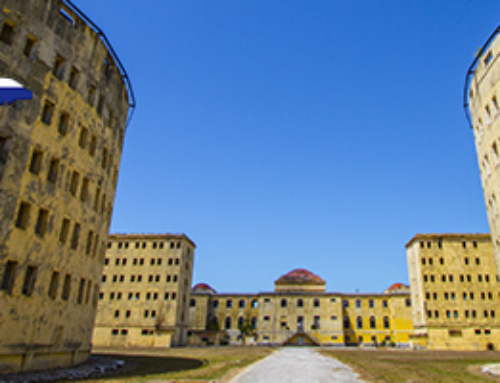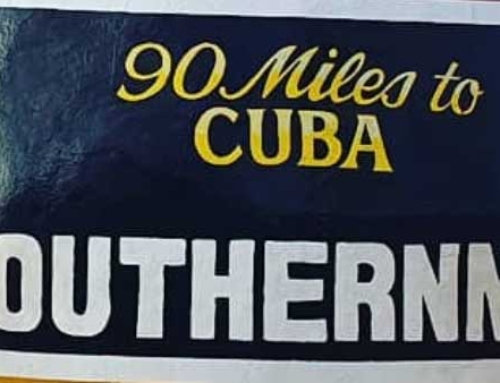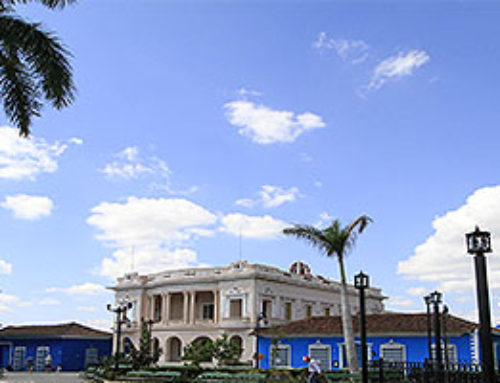The Havana Carnival in Cuba
When hearing the word “carnival” most people are reminded of Rio. Cuba, however, can also offer a colourful celebration in Santiago de Cubа, as well as in the capital where in August the biggest of all Cuban carnivals takes place. Find out more about the weather in Cuba here.
The history of Cuban carnivals dates back to past centuries and originates from the Cuban slaves’ dances who recreated their African native rituals and customs through songs and dances. According to most of the sources the first took place in 1550 and others claim it was in 1585. Back then the carnival used to be much more meaningful than today’s Santeria-African rituals. Read more about the Santeria in Cuba here. There are carnivals in many of the Caribbean countries – the former Spanish colonies which imported slaves such as Trinidad and Tobago, Dominicana, Puerto Rico, and other small islands in the region.
The carnival has become richer and more widely spread over the years.
The Carnival is held in August because of the vacation period and moreover, the 26th of July is the National Holiday of Cuba – the date when Fidel Castro attacks the barracks in Santiagо in 1953 and the first attempt to take down Batista.
The Carnival is held for two consecutive weekends in August, during the Cuban summer.
The colourful fiesta is also a competition between the different dance schools including for children. You will see many smiling people wearing unique costumes and moving exquisitely under the sounds of timba, salsa, rumba, reggaeton, and conga. Find out more about the Cuban dances here.
And for more Cuban authenticity the carnival will be full of Russian tractors decorated with flowers and trailers transformed into platforms for the dancers on the improvised stage on Malecon. Carnivals are held also in Trinidad, Bayamо and Santiago de Cubа.














